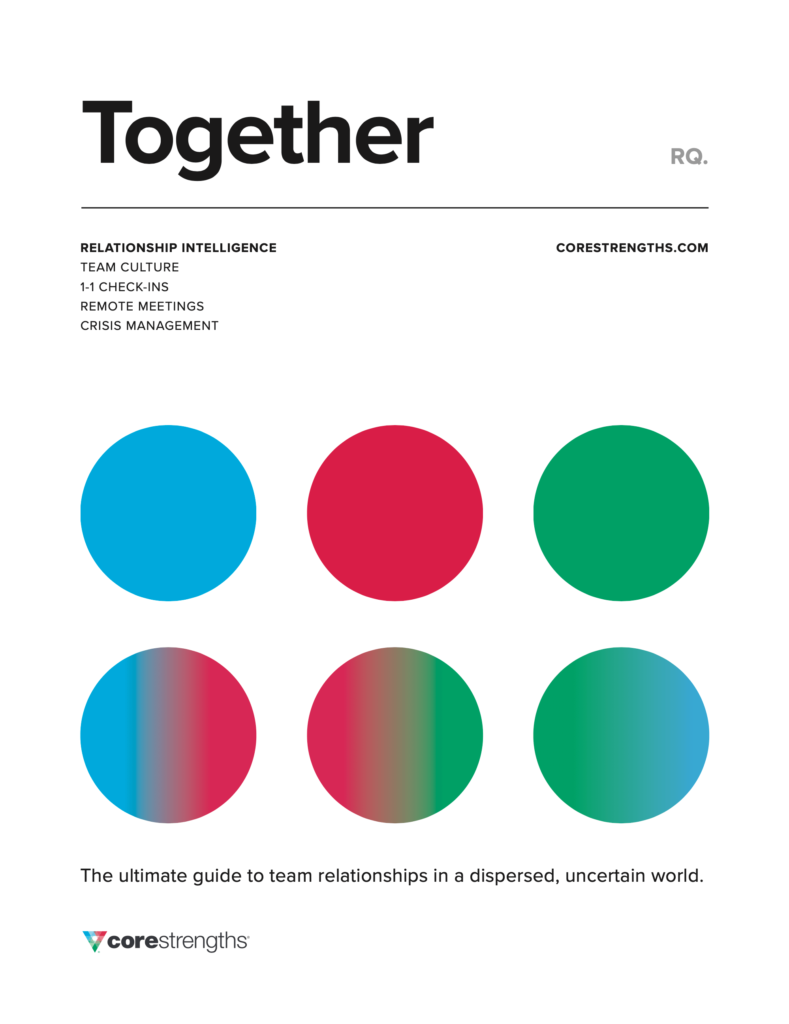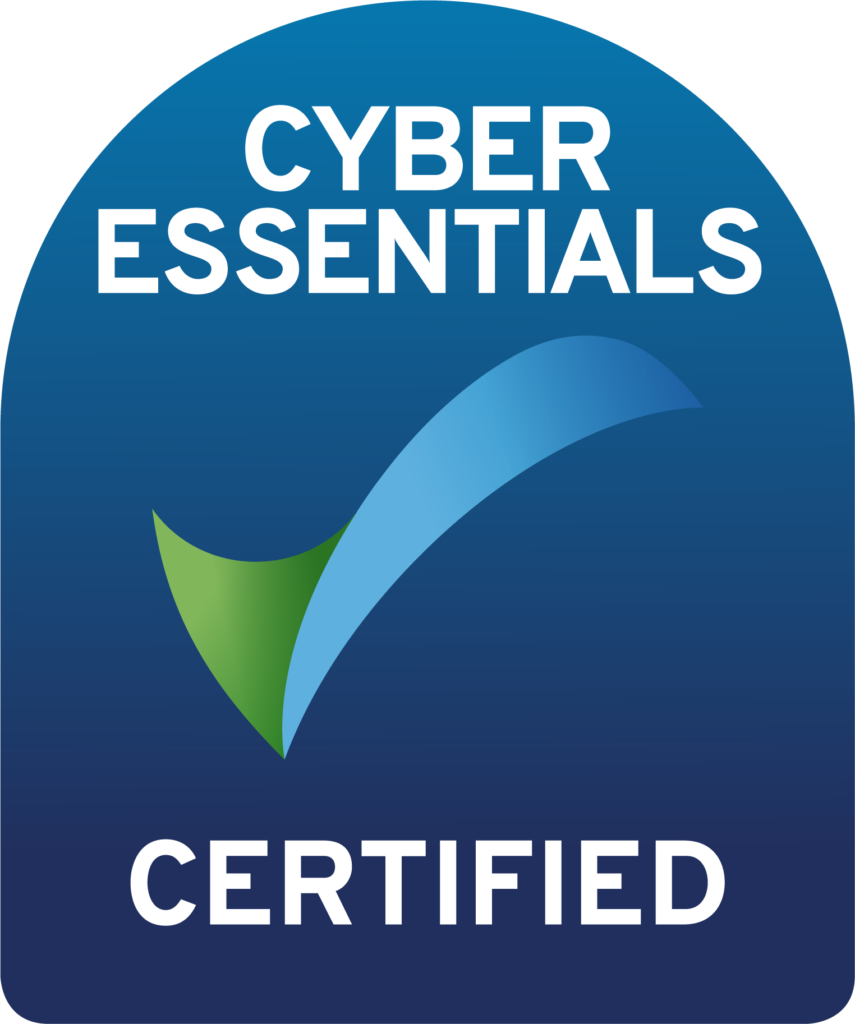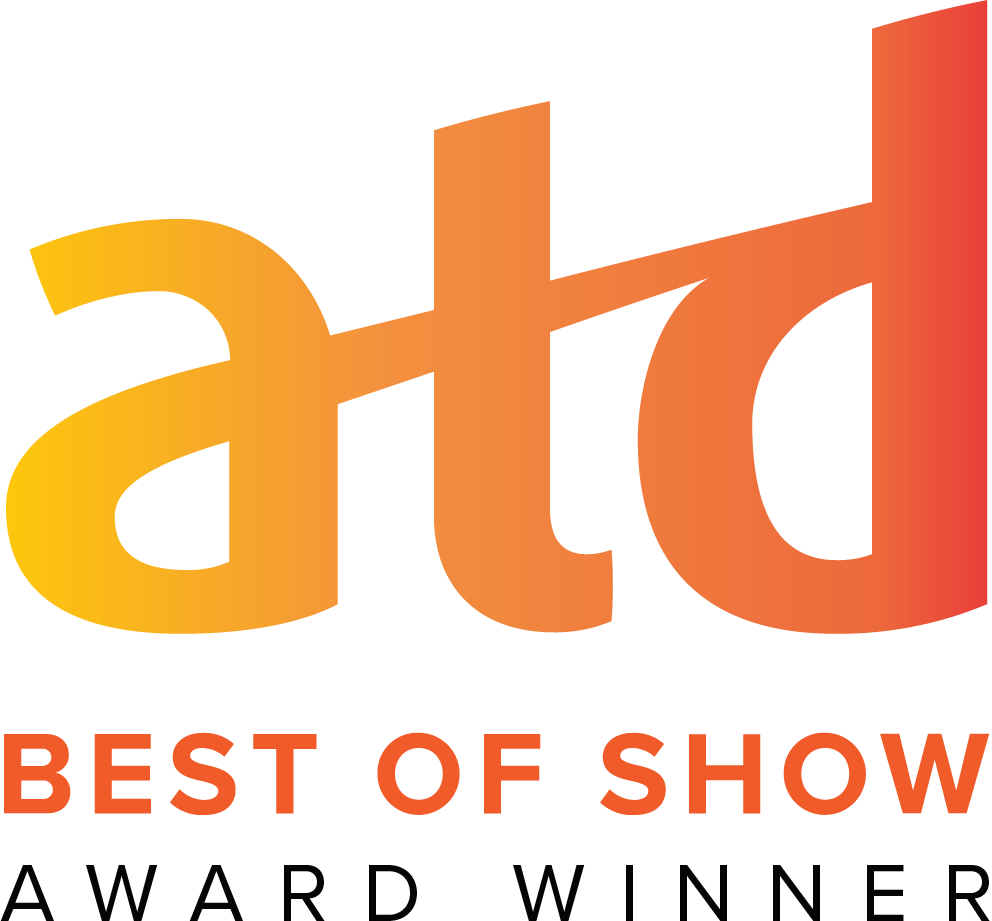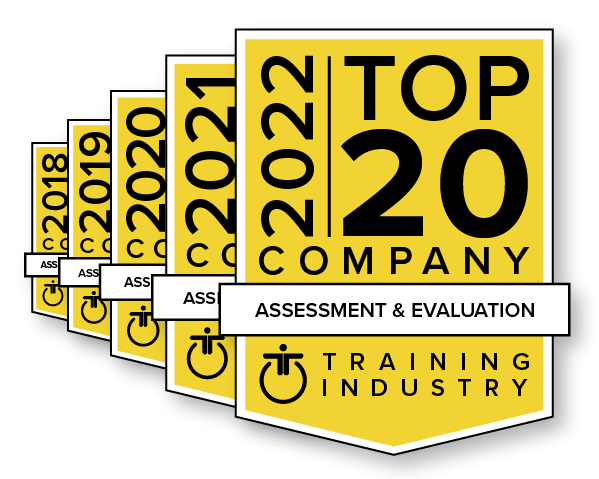During our recent Training Industry webinar, Demonstrating ROI Through Behavioral Shifts and Cultural Change, our speakers Steve Wood, VP of Global Delivery and Liz Lazzaro, Learning Solutions Manager discussed actionable steps learning professionals can take to demonstrate ROI to key stakeholders and answered questions from the audience. Here are their responses from the Q&A.
1. How do you measure behavioral change in a practical way?
Liz: What I have found to be the most impactful is connecting the behavioral change to the outcome that the team is looking for.
So, if the team is looking to change their performance or increase their customer satisfaction or that more tangible piece, it’s connecting the behavioral change that’s needed to make that happen.
We do the same thing with job descriptions, right? We list competencies that someone needs to be skilled at in order to be effective in this role or be qualified for this role. And the same thing is true if we’re looking for a certain outcome within our business: what’s the behavior that we’re looking for here? What’s the competency that we’re looking for? And that’s something we can then measure for within our programs.
2. How do you balance the need for sustaining knowledge with the need/push for production to be increased?
Steve: I would ask similar questions and follow similar steps we discussed in the webinar:
- What knowledge or skills will help improve production or results?
- How can we help people attain the knowledge and skill in a way that supports day-to-day activities?
- How can we ensure that minimal time is used in the program away from the day job? It will be essential to have time away and make sure that time is well spent.
- Proof of concept and pilots are key to achieving this.
- Define key measurable actions for individuals, teams, and managers of learners are key at each stage.
- Don’t try and change the world with 12 actions. Start with 2 key actions that will make the difference that will be specific to each individual.
- Build in regular reviews to enhance learning and application, and build in learning as part of the normal business day.
Liz: When I was in my learning professional role, I always used an analogy I found to be pretty powerful when trying to get buy-in from leaders, and it is this idea of cross training. If someone was training for a marathon, they would never just run, right? They are also going to include some weight lifting, make adjustments to their diet, and stretch to prepare their body for the marathon they’re going to run.
And the same thing is true in our workplace setting. If I’m looking to increase our customer satisfaction and I just focus on all the things we’re doing for customer satisfaction, I might get some movement. But, the way to truly make a change is cross training.
So, just like a runner training for a race, we need to cross train across all of these different skills and abilities for us to be stronger holistically to achieve a specific business objective or results for the long term. This analogy has been a great way to help my strategic leaders who were looking to increase performance and productivity see the need for things like this.
3. What are some tangible tools/strategies for measuring those metrics for behavioral change and ROI? For example, for peer reviews and task checklists.
Liz: Incremental measurements are very powerful for tracking progress and painting the picture over time. Consider an evaluation tool that does a quick pulse of your audience more frequently as opposed to a long, cumbersome survey that may disengage the audience and decrease responses. There are some excellent engagement survey products on the market that provide this incremental approach with multiple pulses of the audience over time for more real-time data. True evaluation of a program’s ROI does not come from one data source, it is the culmination of many that tell the story.
4. How do you measure belonging?
Liz: Belonging is best viewed as an indicator from several items. Most Frequently, belonging is measured from engagement survey data, and many providers will offer a “belonging” or “well-being” indicator in the results. I usually look to items such as:
- “My immediate supervisor/manager takes a vested interest in my growth and development”
- “My ideas are valued and heard in the workplace”
- “I believe in the organization’s top priorities”
- “My work environment is a place where people want to go the extra mile”
Steve: The key is to develop surveys and interviews that ask the right questions and gather the data in a way that people feel comfortable giving the true picture. When I feel I don’t belong then I may be reluctant to say that in a survey. When I feel that I do belong, then I may feel more inclined to be honest in a survey.
The questions above are good examples of the right types to ask. The organization needs to think about how it will deal with any data gathered and what has been the previous experience when data has been gathered. Is the expectation that it will be ignored or nothing will change. Has the experience been to justify the outcomes if not positive.
Attitudes and cultures are influenced more by experience than by information. Make sure you launch every survey with a clear explanation and goal to everyone and an explanation of how the feedback will be used. Then communicate the overall feedback as soon as you have analyzed it and what you will be doing to support everyone to make improvements with some quick wins.
5. When you talk about “Establishing a Baseline at the Beginning of the Program,” what does that specifically look like? What happens when a program is focused on things like leadership development training, where you can’t really measure “results” right away?
Liz: Establishing the baseline is giving the starting point for the target audience’s abilities in the areas you’d like to see growth. If we are to measure true change we need to know where we are changing from. For example if the goal of the program was to increase a leader’s ability to give meaningful feedback, we first need to know the current effectiveness of their feedback skills. This could come from an engagement survey, performance evaluations from their leadership, looking at long term performance issues within their team/direct reports, etc. Once this baseline is established for the audience as a whole, you have both a proven need for creating the program as well as a way to track progress along the way to see the effectiveness of the program at achieving its primary goal.
Steve: Agree with all of the above. What aspect of Leadership Training are we focusing on and why? Even when we break it down into giving meaningful feedback, we need to determine what type of feedback we are specifically talking about or is it all feedback. Developmental, praise, and recognition? Feedback in a group or on a 1:1? Is it also about creating a feedback culture where leaders can accept feedback or indeed encourage it? Engagement surveys and 360 reviews can identify some of this. Also, observing meetings and 1:1 conversations.
6. Does your company have qualitative research from stakeholders that have implemented the learnings from SDI on whatever “behaviors they were trying to change?”
You can visit our Customer Success Stories page of our website to watch videos and read stories from our customers on the impact of the SDI 2.0 and Relationship Intelligence has made on behavioral changes within in their organizations.
7. How do you establish a baseline when it is a new learning solution where we haven’t had any existing data?
Liz: The question I would ask here is “what is the need for the new program?” If this is a new initiative, understanding the why behind what you’ve been tasked with is essential. And if we have an idea for a potential need, the next step is to confirm that it is a need with the audience. This could come from more qualitative data such as stakeholder and learner focus groups, or from external research showing the prevalence for this new learning solution.
Steve: Agree with Liz here. There must be an underlying reason that we are introducing a new initiative. So, let’s explore what is telling us that this new initiative will bring more success and then build a current state position.
8. How do you develop a learning culture when senior leaders don’t see it as a priority?
Liz: Work to make a connection to the “bottom line.” Consider presenting the business case for a learning culture and connect it back to the KPIs that are most meaningful to your leadership.
Steve: The key is to establish what the main priorities for the Senior Leaders are and to understand what they mean by these priorities, and why they are so important. We can jump to the assumption that it is all about performance and KPIs, but we need to challenge this to be sure what it is really about. We can then work with the Senior Leaders to establish what they think is working well in achieving their priorities and what is not working so well. Also, what sub indicators are there that could be leading to exceptional, average or low performance. Work with them to establish what growth they would like across the organization in terms of people’s capabilities, and focus on some quick wins in these areas. Work with them to create a culture, not against them. Learn to speak their language.
9. How do you move forward building a program when there is a disconnect between what your data shows you need vs. what leadership is asking for?
Steve: This links into the question above:
- What is it they are asking for and why?
- What is it that is telling them that this is an issue?
- Challenge them, in the right way, to identify what it is they are seeing or measuring that you may have missed.
- Be prepared to be wrong as the consultant or advisor.
- Look at the data that you have gathered and how it links into what is important to them.
- Challenge your own thinking and data.
- Now, you should be ready to present back to them what you think their key priorities are and how your solution will help based on what you have found.
- You should both want the same outcome by recognizing that you enter the conversation in a position of support and collaboration, not combativeness.
- You can also enter with confidence and persuasiveness, not arrogance and abrasiveness.
- Don’t present detail and analysis as a way to prove them wrong or an over analytical way
- Present it as a support and a way to get the right results quickly.
10. Do strategies to embed and sustain learning change in a hybrid or remote work environment compared to in-person strategies?
Liz: At the core, the way we learn and retain knowledge as adults stays stable whether we are learning in an in-person or virtual setting. What I would call out is that hybrid and remote settings require more work and attention from both learning professionals and learners to truly embed and sustain. I always tell virtual learners in a class with me, “this is often a harder way to learn for most.” It requires more intentionality and focus from everyone to effectively learn and then bring that learning back to your daily work. A few strategies I would suggest:
- Build in more check-ins and follow-ups post a formal learning experience
- Prepare leaders to reinforce learning
- Give opportunities for peer-to-peer sharing
Want more insights for demonstrating the ROI of your L&D initiatives?
Learn more about the actionable steps you can take to demonstrate the ROI of your L&D initiatives by watching the full on-demand webinar.
Contact Steve and Liz for more feedback on LinkedIn:

